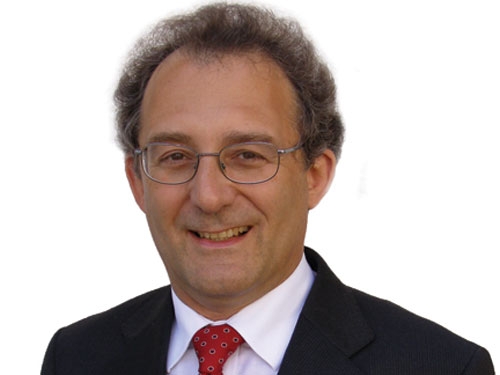There will also be a system of national accreditation for train operators which is expected to save operators $A 73m ($US 74m) annually. This change should have happened when railways started to operate outside their home state and new open-access operators came on the scene. But, as is often the case, legislation lagged behind the situation on the ground.
Mr Bryan Nye, CEO of the Australasian Railway Association, set the scene when he opened the conference by stressing the strong growth in rail traffic in Australia. Nye explained freight increased by 13.4% to 853.5 million tonnes in 2009-10, urban rail grew by 6.1% between 2008 and 2010 to 770 million journeys, while regional and long-distance passenger traffic jumped by 12% during the same period to 12.4 million trips.
This growth reflects the boom in heavy-haul and mineral freight traffic, and a resurgence in regional passenger traffic. It has been achieved despite an aggressive road haulage industry, government policies which sometimes seem to favour road over rail such as the recent carbon tax, and Australians' strong attachment to their cars.
Nevertheless, rail's market share has failed to increase and, in some cases, even declined. As Mr Peter Koning of Aecom pointed out, the worst performing route is the Brisbane - Sydney - Melbourne - Adelaide corridor which, while serving the most populous part of the country, has suffered from a lack of investment which makes rail transit times uncompetitive. However, the news this month that work will start in February on a $A 1.1bn project to upgrade the Northern Sydney Freight Corridor to eliminate bottlenecks and avoid conflicts with commuter trains will go some way to improving the situation.
Koning, though, wants to see Australia's conventional freight operators become part of the supply chain to provide a just-in-time service. He says consumers are becoming ever more demanding and expect rapid and prompt delivery of their goods, and if railways fail to rise to this challenge they face a bleak future.
Rail's market share of passenger traffic is woefully low, as Mr Paul Scurrah, CEO of Queensland Rail, pointed out. Despite worsening road congestion in Brisbane, only 7% of the population use public transport. "We will reach 14% in 20 years, but Vienna is already at 50%," Scurrah said.
The big challenge for Australian urban rail operators is get people out of their cars and to address the poor perception many Australians have of public transport. As Mr Michel Masson, CEO of Keolis Downer EDI, observed: "Australia has an extraordinary car culture, and there is a remarkable disconnect between public expectations and reality. Road pricing is something Australians need to confront. How can it be right that an employer can give a car to an employee and receive a tax break, but can't give a season ticket to a member of staff and receive the same concession?" he asked.
And yet V/Line in Victoria has shown what can be achieved through investment to achieve a much better regional rail service. Traffic has doubled in the last six years and the quality of rail service is encouraging people to move out of Melbourne.
Australia is a world leader in heavy-haul freight and a huge expansion is underway in the Pilbara region of Western Australia to satisfy the surge in demand for iron-ore and other minerals. Rio Tinto's expansion plan will see its heavy-haul operation go from 228 million tonnes a year to 283 million and ultimately 333 million. Trains will be running at 20-minute intervals in the future, and there are plans to automate the railway.
Fortescue is in the midst of a $US 2.1bn expansion of its 288km railway, which it only opened in April 2008, to boost annual capacity to 155 million tonnes by early 2013. Fortescue was the first railway in the world to operate trains with 40-tonne axleloads, and now it plans to go to 45 tonnes without any significant improvements to its infrastructure or rolling stock. The idea is simply to take the risk - if it works it will set a new benchmark in railway operations, but if it fails Fortescue will simply revert to 40 tonnes, hopefully with little damage done.
During the closing CEO forum, it quickly became clear there is considerable optimism among Australia's top railway managers. Mr Bert Easthope of Genesee & Wyoming sees "unlimited opportunities in freight rail" while Mr Lance Hockridge of QR National is confident he will double the size of his railfreight business within five years. Scurrah says QR is seeing a renaissance in long-distance rail thanks to better marketing and continuing investment in tilting trains. If QR can sustain this in a state as large as Queensland, then anything is possible in Australia.

